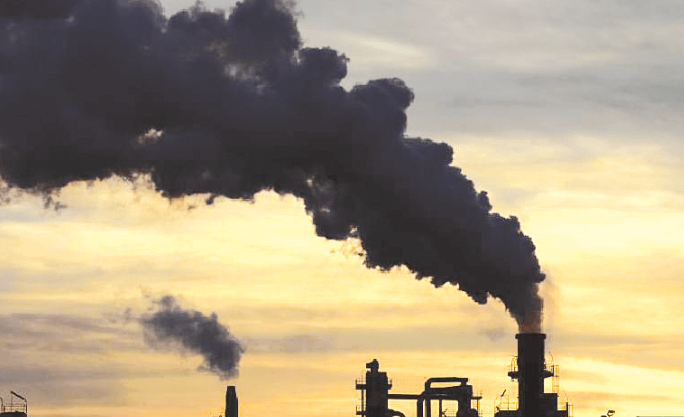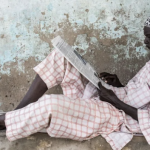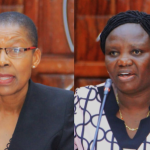Kenya and many African countries are facing a significant setback in social development as energy financing deals are being withheld by lenders, depriving them of vital support for this essential commodity.
Experts warn that this situation has intensified poverty, inequality, youth unemployment, and climate change, placing further strain on already fragile economies.
The ongoing energy crisis underscores the urgent need for a reevaluation of financing strategies in the region, emphasizing the potential benefits of expanding access to cheaper, cleaner energy sources.
However, many African governments, including Kenya, continue to depend on fossil fuels as a cost-effective means to reduce energy poverty and increase state revenues.
This issue arises as President William Ruto has expressed concern over the underfunding of renewable energy development in Africa, advocating for reforms in the global financial system.
Ruto pointed out that while 2023 witnessed the largest global increase in renewable energy capacity—adding around 500 gigawatts with $600 billion in new investments—Africa managed only three gigawatts of this increase despite having the highest untapped renewable energy reserves globally.
The mounting pressure on financial institutions to withdraw support for high-carbon projects has created uncertainty regarding the future of Africa’s energy sector. According to the African Energy Chamber (AEC), numerous Western banks and financial institutions are enacting policies that limit funding for fossil fuel projects in Kenya and neighboring countries.
AEC Executive Chairman NJ Ayuk has criticized these institutions, stating, “As the international community moves to boycott investments in the African energy sector, African people and African development stand to suffer.”
The decline in energy financing has led to a significant drop in investments in the region’s oil and gas industry, which is essential for its economic growth and energy needs. The AEC has accused these institutions of practicing “financial apartheid,” asserting that while similar projects receive backing in Europe, Africa’s high-cost energy projects are being overlooked.
Ruto emphasized that Africa, which possesses the world’s largest renewable energy potential and highest demand, currently represents only 1.6 percent of the global renewable energy capacity.
He pointed out that Africa presents significant opportunities for wealthy investors from the Global North in the clean energy sector, creating a mutually beneficial situation for both investors and the continent.
Green Power Generation
He also highlighted that African leaders, through the Nairobi Declaration, have set an ambitious goal to increase the continent’s green power generation fivefold, from 56 GW in 2022 to at least 300 GW by 2030.
Kenya has made notable strides in renewable and clean energy, with its power grid being 93 percent green. The country aims to expand its current grid from 3 GW to 100 GW by 2040, a target Ruto believes is feasible given Kenya’s abundant renewable energy resources.
However, the decline in investment is already having significant repercussions, exacerbated by global shifts toward cleaner energy and an emphasis on environmental, social, and governance (ESG) practices.
The International Energy Agency (IEA) has compounded these challenges by calling for an end to funding for oil and gas projects, highlighting a notable disparity: while natural gas is deemed a ‘green’ energy source in Europe, it does not receive the same backing in Africa. Ayuk criticized the IEA, stating, “The IEA has lost its relevance and its authority.”
Several key African energy projects are now at risk due to the reduction in financial support. Major initiatives, including TotalEnergies’ Mozambique LNG project, ExxonMobil’s Rovuma LNG project, Nigeria’s Train 7 LNG expansion, Senegal’s Sangomar oil field, Uganda’s Tilenga project, and the East African Crude Oil Pipeline (EACOP), require substantial funding to proceed.
Despite these challenges, some projects are moving forward. TotalEnergies is progressing with its $20 billion Mozambique LNG project, targeting the development of the Golfinho and Atum fields, which will have a production capacity of 12.88 million tonnes per year.
Meanwhile, Eni’s Coral South FLNG project in Mozambique has achieved a production capacity of 3.4 million tonnes per year.



